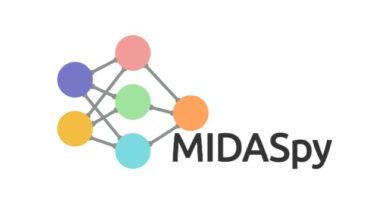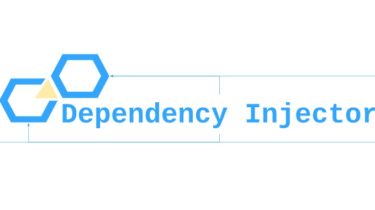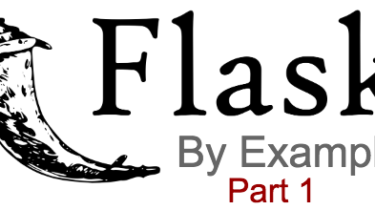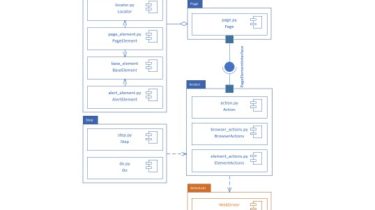A toolbox that allows to train and evaluate deep learning models
Ludwig Ludwig is a toolbox that allows users to train and test deep learning models without the need to write code. It is built on top of TensorFlow. To train a model you need to provide is a file containing your data, a list of columns to use as inputs, and a list of columns to use as outputs, Ludwig will do the rest. Simple commands can be used to train models both locally and in a distributed way, and […]
Read more








